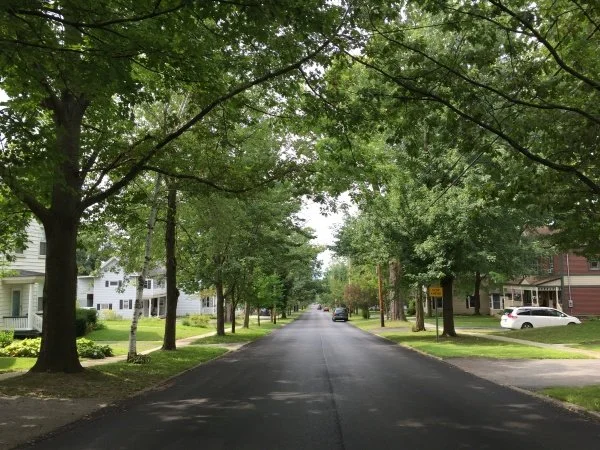South Burlington officials push for electric vehicles, charging stations
Photo courtesy of Vermont Agency of Transportation
South Burlington officials want to eliminate 60 percent of the city’s carbon footprint by 2030, and with transportation accounting for two-thirds of that figure, the city’s climate action plan finalized last October is pushing for more electric vehicles and charging infrastructure.
However, local officials can only do so much to regulate emissions from the more than 17,000 people commuting daily from out of town to work in the city — only 13 percent of residents work in town, making that task even more difficult.
What the city can control, however, is its own physical layout. To discourage driving, officials have proposed ambitious new infrastructure projects that would increase the walkability and the capacity for biking through South Burlington’s public and commercial areas.
Voters approved one such proposal on Town Meeting Day — a tax increment financing bond that will put $15 million toward a pedestrian and bike bridge over Interstate 89 between the University of Vermont and University Mall, bike lanes in the city center and streetscape improvements on Williston Road.
“We probably need to be moving towards more dense development, and South Burlington is kind of a logical place to be concentrating more development,” Ethan Goldman, chair of the city’s energy committee and member of the task force that wrote the climate action plan, said.
The plan also calls for preserving open space and natural resources — posing a tradeoff.
Goldman worries that “sometimes the equivalency of trees sequestering carbon with transportation is used as a reason to oppose development,” when in actuality, transportation emissions cannot be balanced out by local greenery alone.
“People like the fields around them,” he said, adding that “we need to make some sacrifices in the short-term in order to have a long-term to worry about.”
Construction may not be pleasant to live near, but in the long term, engineering a more walkable city could be a big step toward mitigating South Burlington’s emissions.
While 42 percent of potential emissions reductions would come from electrifying three-quarters of cars in the city by 2030, an additional 25 percent could be gained just from reducing miles traveled, according to Andrew Chalnick, city councilor and member of the task force.
“You have to build homes in places where people don’t have to get into their cars,” he said.
South Burlington is already doing this to some extent. Paul Connor, director of planning and zoning for the city, said there are minimum requirements in place for both open space and new development. By requiring a minimum density of homes per acre, land is more efficiently used,” he said.
Another reason cited for a minimum required housing density is economic — by ensuring enough people live near small businesses, those businesses acquire much-needed consistent clientele.
The practice of placing large new developments near destinations like businesses has been termed traditional neighborhood development by the city, and it has served as a guiding principle as South Burlington works toward compact development.
Additionally, natural climate change solutions and compact development goals are being reconciled under an initiative that many can likely get behind: planting more street trees.
According to a report compiled by the University of Vermont’s spatial analysis lab in 2016, only about a third of the city’s tree canopy cover was in residential areas, despite those areas having the highest potential for increased canopy cover.
For example, one new development, the Cider Mill neighborhood, had only 6 percent canopy cover in 2016, but the assessment determined it could attain 85 percent canopy cover –– though the report didn’t give a time period for the hypothetical 14-fold increase.
However, before tree canopy in South Burlington increases, it will likely have to decrease, something noted in the report. As new neighborhoods are built up, existing trees will have to be cut down. However, those new communities would represent an opportunity to plant a new generation of urban trees to shade the city long into the future.
Officials would look at planting trees on meridians, along sidewalks and driveways, in storage areas and across large expanses of lawn. Trees can reduce the “heat island” effect that pavement and buildings have in urban areas, along with absorbing some excess carbon dioxide and slowing down stormwater. Having enough trees might also help serve as habitat for animals — though it would remain a far cry from an intact natural area.
Chalnick sees the necessity for difficult decisions to be made in the present for the sake of a more resilient future.
“Ultimately, it’s going to be the will of the people and the will of the council,” he said. “Either we’re going to stay on top of it and we’re going to do it because we care, or we’re going to fail.”
Read the original story in the Other Paper.








